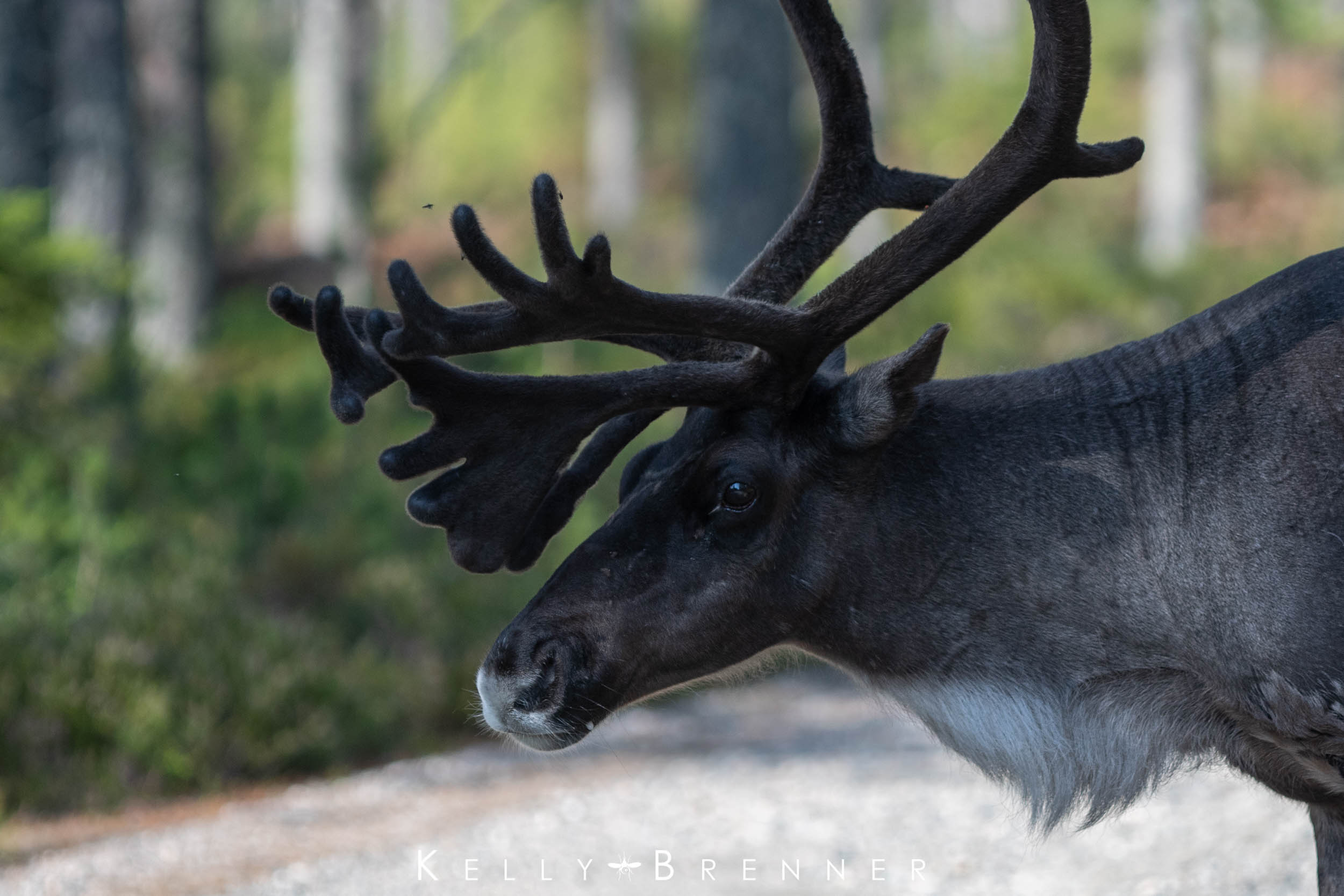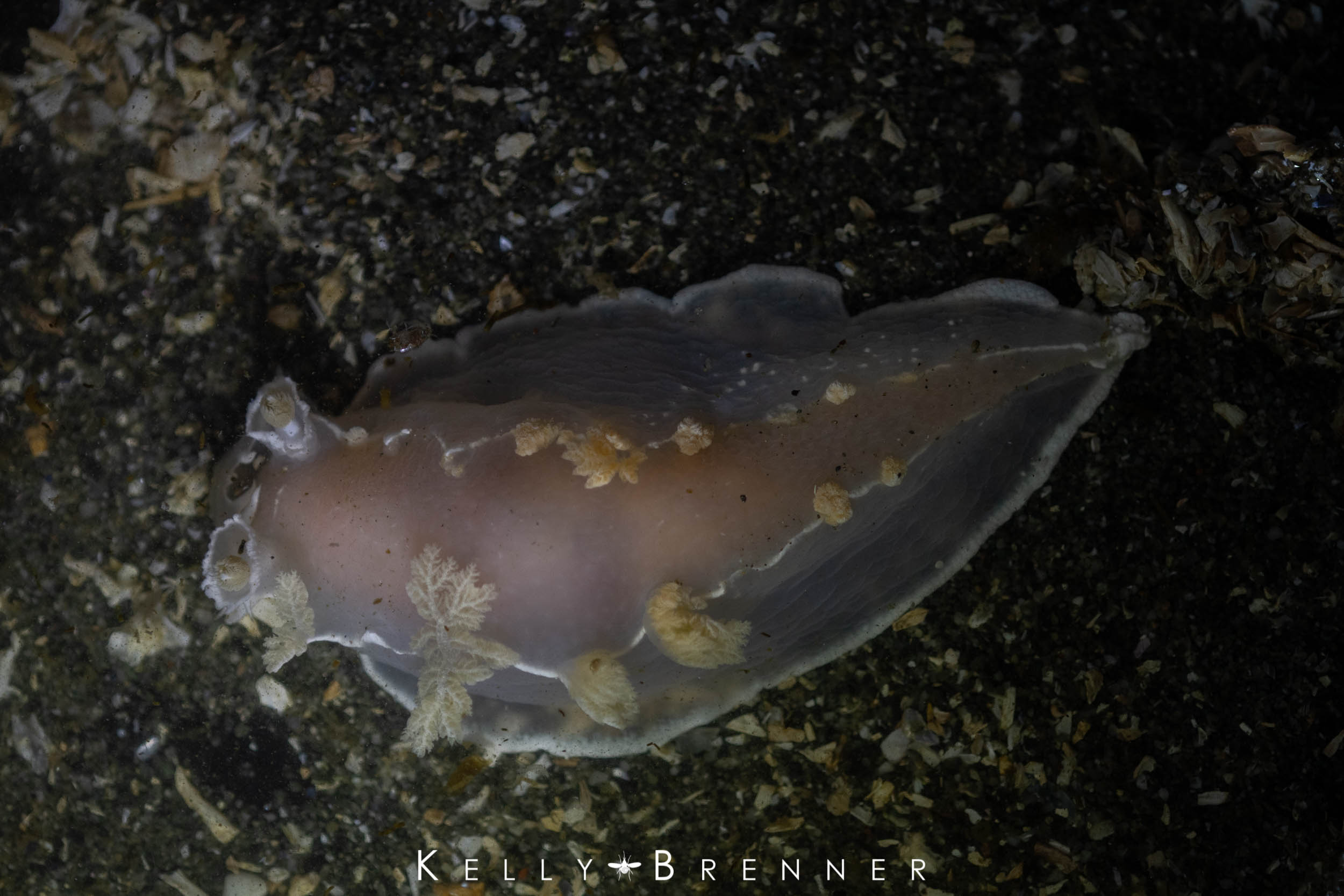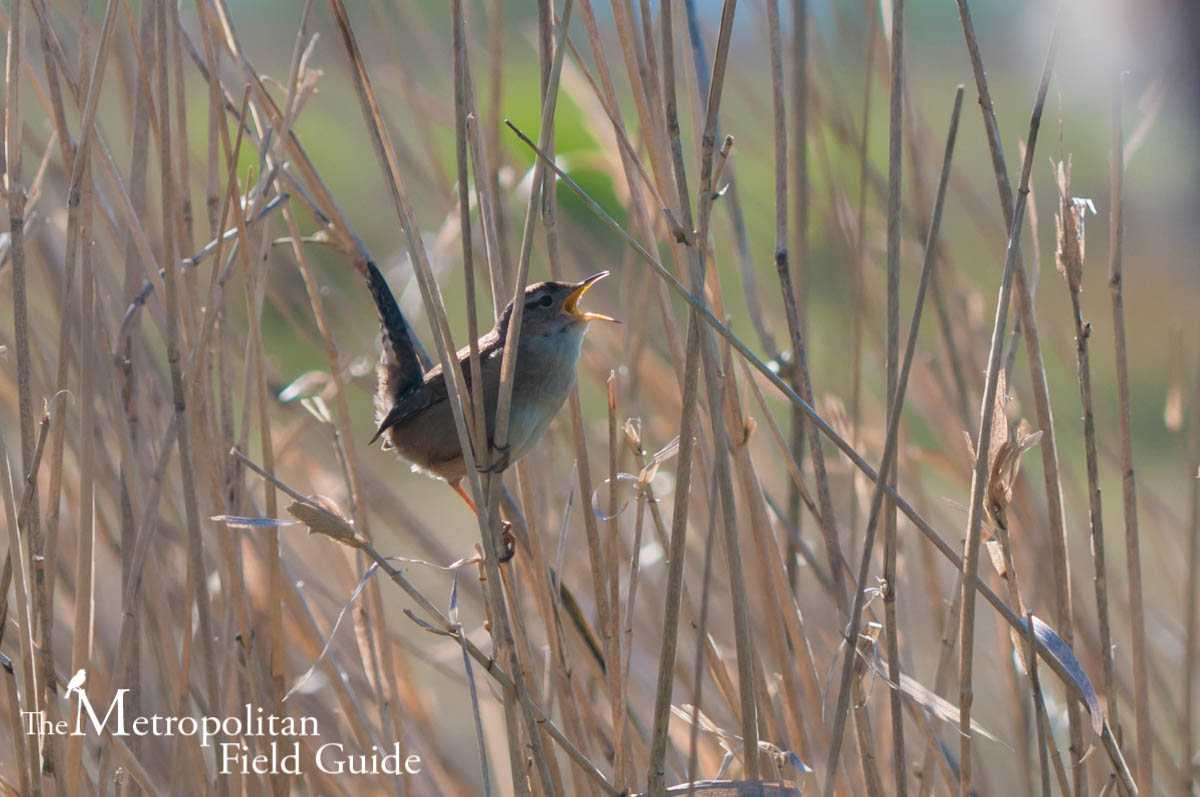Maybe it wasn’t light at all, but something far darker, that turned Rudolph’s nose red.
During the peak of summer in the far north of Scandinavia, reindeer have forsaken the snow and lichen of winter and are busy foraging on the soft new plant growth like sedge and cotton grass, fireweed and goldenrod and the leaves of birch and willow trees. With abundant food the reindeer gorge themselves, putting on weight before the return of winter, while the new calves, who were born in the spring, grow alongside their mothers. It is a carefree time of plenty — or it should be, but reindeer aren’t the only animals in the north enjoying the season of abundance.
During a warm sunny day, hovering in front of a reindeer’s face is what looks like a fuzzy, yellow and black bee, but this reindeer is experienced and when it hears the insect’s buzzing, it sneezes and buries its head in the cotton grass, waiting for the ominous buzzing to leave.
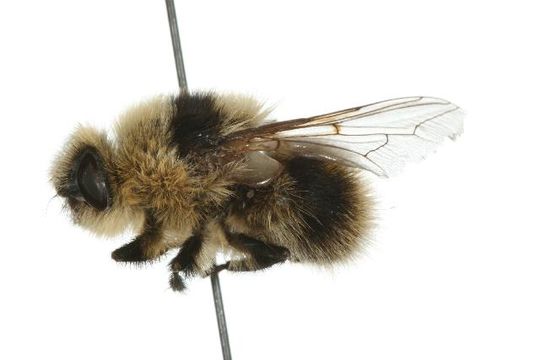
Centre for Biodiversity Genomics. CBG Photography Group. Year: 2008. cc-by-nc-sa-3.0
The insect tries another target, and this time the reindeer doesn’t react. The female fly, for it is a bot fly, not a bee, hovers in front of the reindeer’s face and without warning, suddenly squirts a spray at the deer’s nose from her abdomen. Unbeknownst to the reindeer, tiny fly larvae have just landed in its nose and are already moving deeper in. These larvae had hatched from eggs inside the female bot fly before she sprayed them out, from a distance of up to 20 cm. This spray contained between two and eight larvae suspended in about 20 droplets. But it’s a risky time for these larvae and not all will make it to their new home because as the liquid evaporates, the larvae quickly desiccate and die. Those lucky larvae are the ones whose mother has scored a direct hit, squirting them directly into the reindeer’s nose or mouth, where they can crawl into the nasal cavity and safety.
These bot flies, affectionately called ‘snot bots’ by dipterists, are Cephenemyia trompe, a species that targets reindeer as well as moose and deer. Other animals like sheep or elephants have their own species of snot bots, all of which are endoparasites. Once the larvae have landed, they use their body spines and large mouth hooks to move deep into the nasal passage where they burrow in with their mouths and live throughout the winter, feeding off the reindeer until the spring. Some reindeer can have up to 100 larvae attached inside them. These parasites cause the reindeer no shortage of problems including breathing trouble, inflammation, haemorrhage and can interfere with feeding. That’s not to mention the time adults lose feeding while trying to avoid these flies.
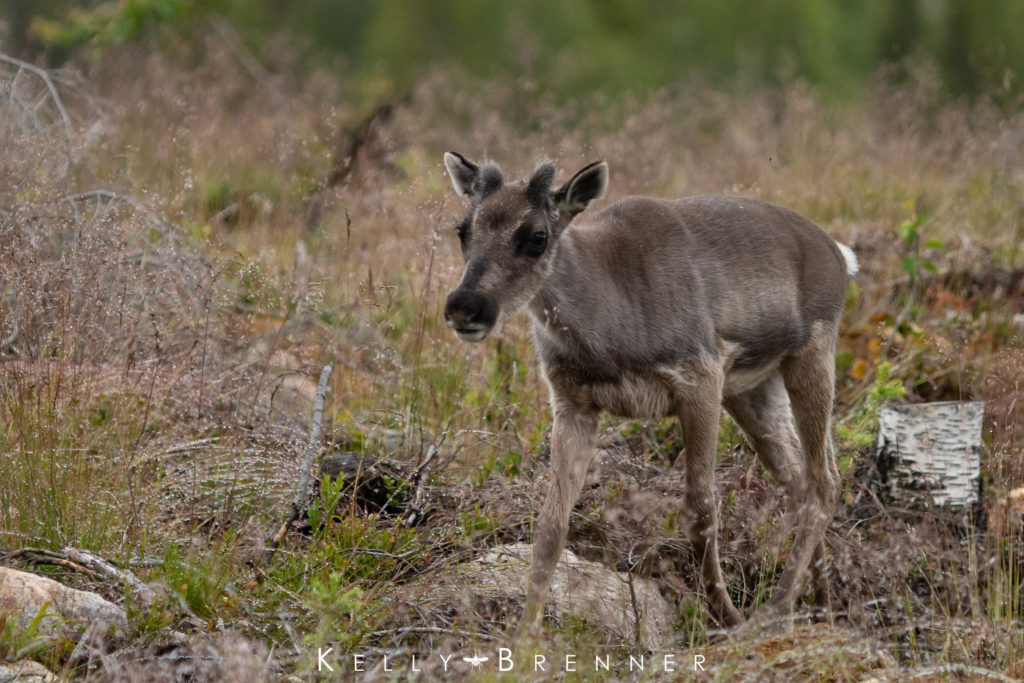
Come spring, the fly larvae are ready to leave their unwilling hosts. The reindeer sneeze or cough the larvae out onto the ground where they pupate for a surprisingly short period of time before emerging as adults in the summer. Once they complete the transformation from pupae to adult, the snot bots emerge only to find the reindeer herds have vanished from their wintering grounds and have already migrated, some already as far as 300 kilometers away.
With the snot bots’ hosts nowhere nearby, how do they find them? These flies appear to track the reindeer herds with their olfactory receptor abilities. The snot bots detect the reindeer’s urine and pheromone glands located on their feet, and fly along the routes, tracking the reindeer by flying up to 45 km in just a couple of days.
Along they way the snot bots look for mates and males, like some other insects, aggregate on top of hills, wherever the highest point in the area is. These flies are particular about the weather and are most active during warm, sunny days. The female flies find the males on these high points, the fly version of a bird lek, mate and proceed to track down the reindeer to begin the process again.
Snot bots are far from the only insect pest of reindeer, and not even the only bot fly. Warble flies burrow into the skin of reindeer while deer flies and midges alike drink the blood of the deer. The only relief during the year for the reindeer is when it rains. Perhaps they would prefer an alternative version of Let it Snow — Let it Rain, Let it Rain, Let it Rain.
You can learn more about flies in my upcoming book Nature Obscura, available April 1, 2020 from Mountaineers Books.

